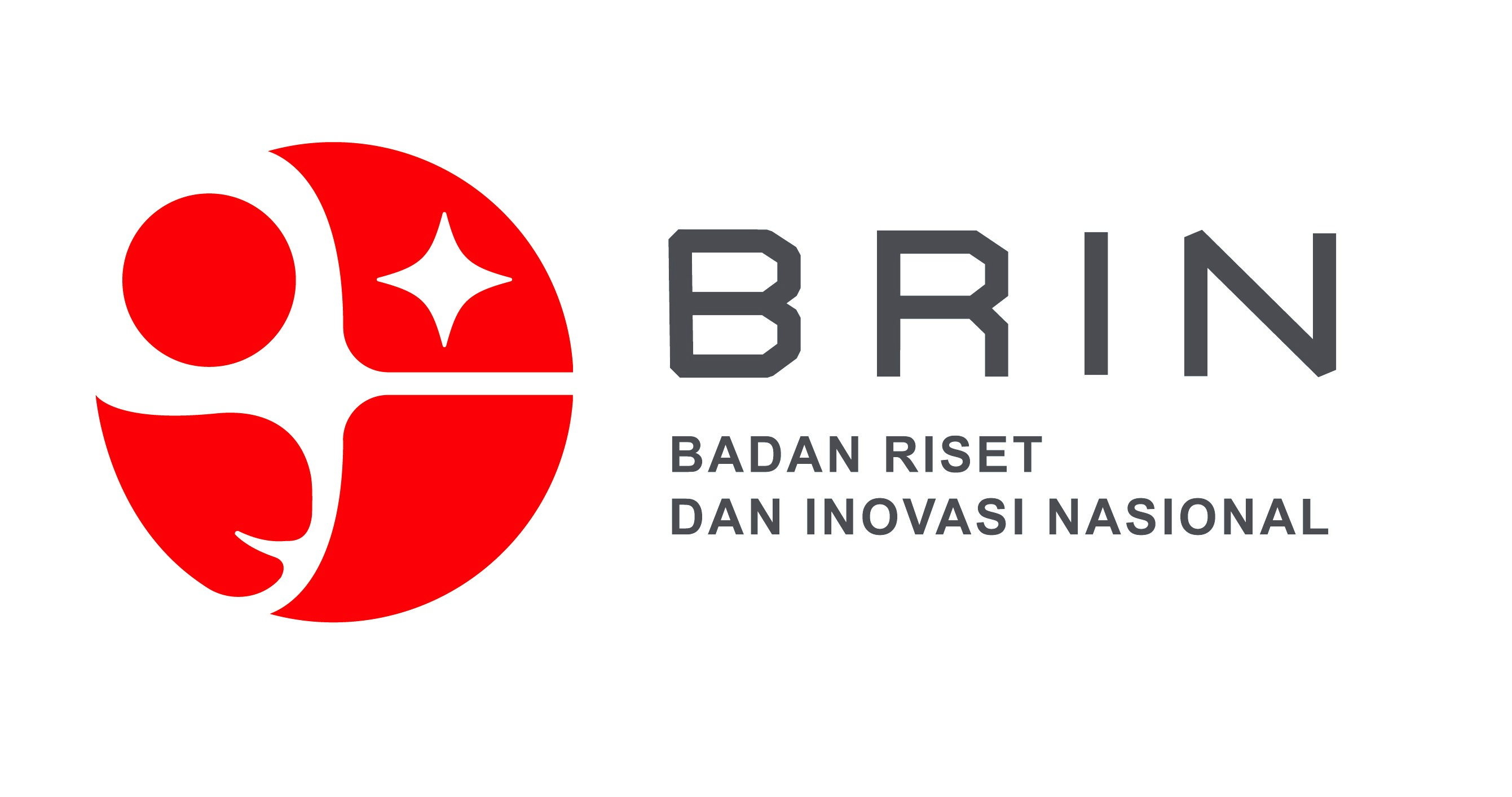MALNUTRISI PADA PASIEN PNEUMONIA
Keywords:
Pneumonia, Malnutrition, GastropathyAbstract
Objectives : Pneumonia is inflammation of the lung parenchyma. mostly caused by microorganisms (viruses/bacteria) and a small part caused by other things (aspiration, radiation, etc.). The cause of pneumonia is a bacterial, viral, or fungal infection. Pneumonia causes lung tissue to become inflamed. In the case of pneumonia, the alveoli are filled with pus and fluid causing impaired absorption of oxygen resulting in difficulty breathing. Malnutrition is a condition in which the body does not receive adequate nutrition. Malnutrition can also be called a condition caused by a nutritional imbalance between food intake and the need to maintain health. This can occurs due to eating too little or taking food that is not balanced. Gastropathy is a disorder of the gastric mucosa characterized by subepithelial bleeding and erosions. In patients with gastropathy there is a state of inflammation or bleeding of the gastric mucosa caused by endogenous or exogenous irritants, such as alcohol, non-steroidal anti-inflammatory drugs, and others.
Clinical Features : A 57-year-old man came to Drs. H. Amri Tambunan with complaints of shortness of breath that has been felt since the last few days accompanied by cough and nausea.
Intervention and Outcomes : The patient was given 0.9% NaCl Infusion, Remdesivir 200 mg the first day and 100 mg the next day, Moxifloxacin infusion per day, Cefoperazone 1 g per 8 hours, Nacetylcysteine infusion in minibags in drips 30 minutes every 8 hours, Gabaxa infusion per day, Zegayit, Zinc , Dalfarol, Vit D 100 iu, Codeine 10 mg, MST, Omeprazole 12 hours, and nutritional intervention; energy, protein: carbohydrates, and fat. The results obtained by the patient experienced improvement with Pneumonia and Nutrition Interventions.
Conclusion: From this case, it can be concluded that nutrition for pneumonia patients with malnutrition can be given food rich in protein.
References
Sudoyo, 2005. Buku Ajar Ilmu Penyakit Dalam. Jilid III Edisi IV. Penerbit FK UI
Mandel LA, Wunderink RG. Pneumonia. In: Kasper DL, Hauser SL, Jamesson JL, Fauci AS, Longo DL, Loscalzo J, editors. Harrison’s Pronciples of Internal Medicine. 19th ed. New York: Mc-Graw Hill; 2015. p. 803–13.
Peto L, Nadjm B, Horby P, Ngan TTD, van Doorn R, Kinh N Van, et al. The bacterial aetiology of adult community-acquired pneumonia in Asia: a systematic review. Trans R Soc Trop Med Hyg. 2014 Jun 1;108(6):326–37. Available from: http://dx.doi.org/10.1093/trstmh/tru058
Wilson LM. Penyakit pernapasan restriktif dalam Price SA, Wilson LM. 2012. Patofisiologi: konsep klinis prosses-proses penyakit E/6 Vol.2. Jakarta:EGC. Hal:796-815
Luttfiya MN, Henley E, Chang L. Diagnosis and treatment of community acquired pneumonia. American Family Physician. 2010;73(3):442-50.
Task Force on CAP. Philippine Clinical Practice Guidelines on the Diagnosis,Empiric Management, and Prevention of Community-acquired Pneumonia (CAP) in Immunocompetent Adults. 2010
Wunderink RG, Waterer GW. Community-Acquired Pneumonia. N Engl J Med. 2014 Feb 5;370(6):543–51. Available from: http://dx.doi.org/10.1056/NEJMcp1214869
Jin Ying H., et al. A rapid advice guideline for the diagnosis and treatment of 2019 novel coronavirus (2019-nCoV) infected pneumonia (standard version). BMC. 2020
American Troracic Society. Guidelines for the Management of Adults with Community-acquired Pneumonia Diagnosis, Assessment of Severity, Antimicrobial Therapy, and Prevention. American Journal of Respiratory and Critical Care Medicine. 2001
Camilleri M., et al. Clinical Guideline: Management of Gastroparesis. National Institutes of Health. 2013










